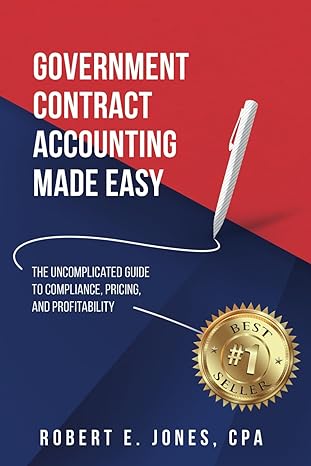Answered step by step
Verified Expert Solution
Question
1 Approved Answer
Attempts 0.2 0 6. Who should pay the tax? Keep the Highest 0.2/2 The following graph gives the labor market for laboratory aides in the
Attempts 0.2 0 6. Who should pay the tax? Keep the Highest 0.2/2 The following graph gives the labor market for laboratory aides in the imaginary country of Episteme. The equilibrium hourly wage is $10, and the equilibrium number of laboratory aides is 250. Suppose the federal government of Episteme has decided to institute an hourly payroll tax of $4 on laboratory aides and wants to determine whether the tax should be levied on the workers, the employers, or both (in such a way that half the tax is collected from each party). Use the graph input tool to evaluate these three proposals. Entering a number into the Tax Levied on Employers field (initially set at zero dollars per hour) shifts the demand curve down by the amount you enter, and entering a number into the Tax Levied on Workers field (initially set at zero dollars per hour) shifts the supply curve up by the amount you enter. To determine the before-tax wage for each tax proposal, adjust the amount in the Wage field until the quantity of labor supplied equals the quantity of labor demanded. You will not be graded on any changes you make to this graph Note: Once you enter a value in a white field, the graph and any corresponding amounts in each grey field will change accordingly. 20 18 Supply 10 NA WAGE (Dollars per hour)) 10 ### 12 14 Graph Input Tool Market for Laboratory Aides Wage (Dollars per hour) Labor Demanded 400 (Number of workers) Labor Supplied (Number of workers) 100 Demand Shifter Demand Tax Levied on Employers (Dollars per hour) Supply Shifter Tax Levied on Workers (Dollars per hour) 0 50 100 150 200 250 300 350 400 450 500 LABOR (Number of workers) 0 Quantity Hired For each of the proposals, use the previous graph to determine the new number of laboratory aides hired. Then compute the after-tax amount paid by employers (that is, the wage paid to workers plus any taxes collected from the employers) and the after-tax amount earned by laboratory aides (that is, the wage received by workers minus any taxes collected from the workers). Tax Proposal Levied on Employers (Dollars per hour) Levied on Workers (Dollars per hour) 0 (Number of workers) After-Tax Wage Paid by Employers (Dollars per hour) After Tax Wage Received by Workers (Dollars per hour) 4 0 2 Suppose the government is concerned that laboratory aides already make too little money and, therefore, wants to minimize the share of the tax paid by employees. Of the three tax proposals, which is best for accomplishing this goal? O The proposal in which the entire tax is collected from workers The proposal in which the tax is collected from each side evenly O The proposal in which the tax is collected from employers None of the proposals is better than the others
Step by Step Solution
There are 3 Steps involved in it
Step: 1

Get Instant Access to Expert-Tailored Solutions
See step-by-step solutions with expert insights and AI powered tools for academic success
Step: 2

Step: 3

Ace Your Homework with AI
Get the answers you need in no time with our AI-driven, step-by-step assistance
Get Started


